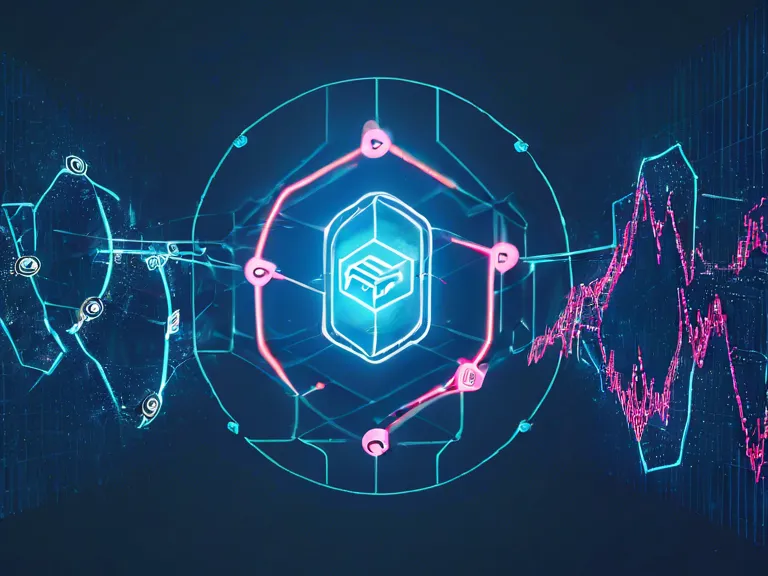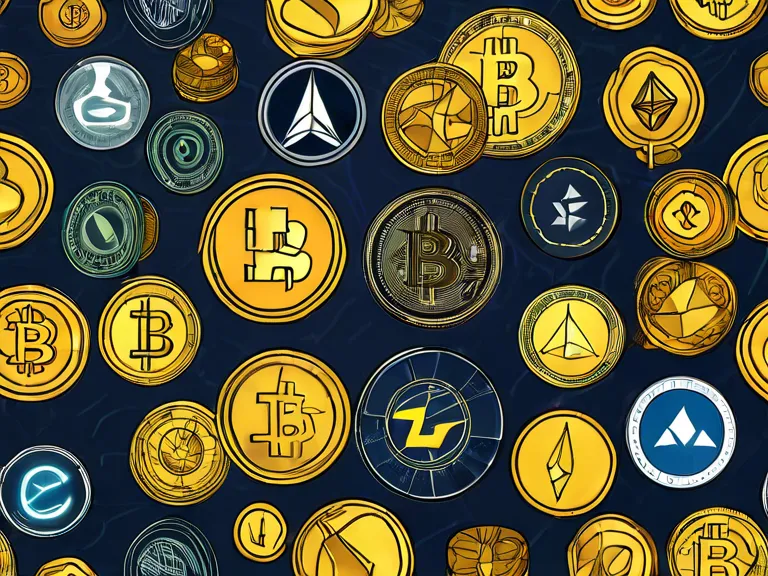
DeFi Dynamics: The Uptrend of Decentralized Finance and Its Future Impact
With the rise of cryptocurrencies and blockchain technology, decentralized finance (DeFi) has emerged as a game-changer in the financial industry. DeFi refers to the use of blockchain technology and smart contracts to offer financial services without the need for traditional intermediaries such as banks. This paradigm shift has led to a surge in DeFi platforms and projects, providing users with greater control over their assets and financial transactions.
One of the key characteristics of DeFi is its focus on decentralization, transparency, and accessibility. By leveraging blockchain technology, DeFi platforms enable users to access a wide range of financial services such as lending, borrowing, trading, and earning interest without relying on centralized institutions. This not only reduces the barriers to entry for individuals who are unbanked or underbanked but also opens up new opportunities for innovation and financial inclusion.
The DeFi ecosystem has seen exponential growth in recent years, with the total value locked (TVL) in DeFi platforms surpassing billions of dollars. This rapid expansion can be attributed to the innovation and experimentation taking place within the DeFi space, as developers continue to introduce new protocols and services that enhance the functionality and usability of decentralized finance.
Despite its promising potential, DeFi also faces challenges such as regulatory uncertainties, security vulnerabilities, and scalability issues. As the industry matures, stakeholders must address these concerns to ensure the long-term sustainability and growth of the DeFi ecosystem.
Looking ahead, the future of DeFi holds great promise as more users and institutions embrace decentralized finance as a viable alternative to traditional financial systems. With ongoing advancements in blockchain technology and increased adoption of DeFi solutions, the financial landscape is poised for a major shift towards a more decentralized and inclusive model.



